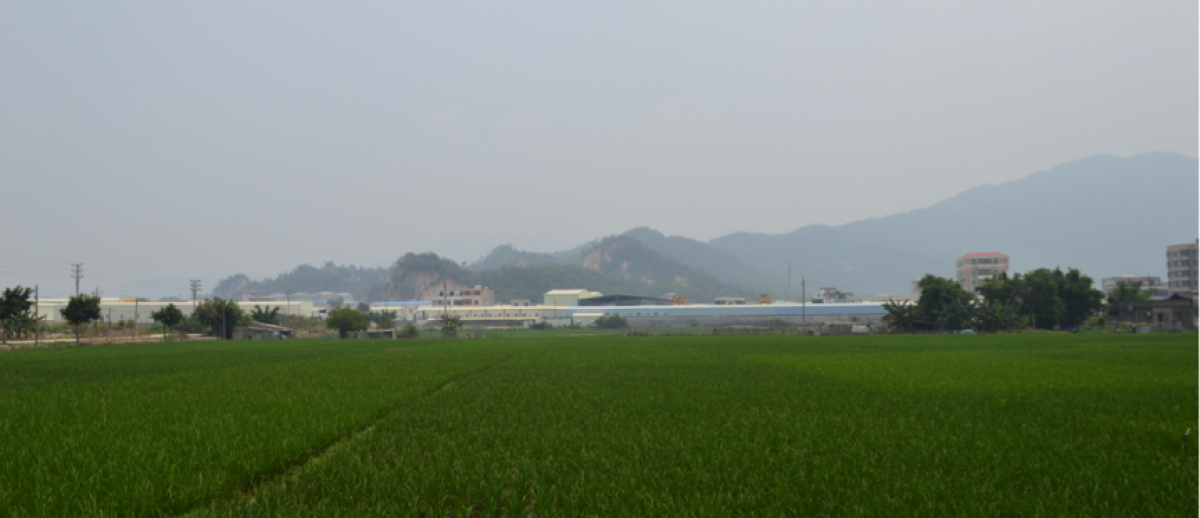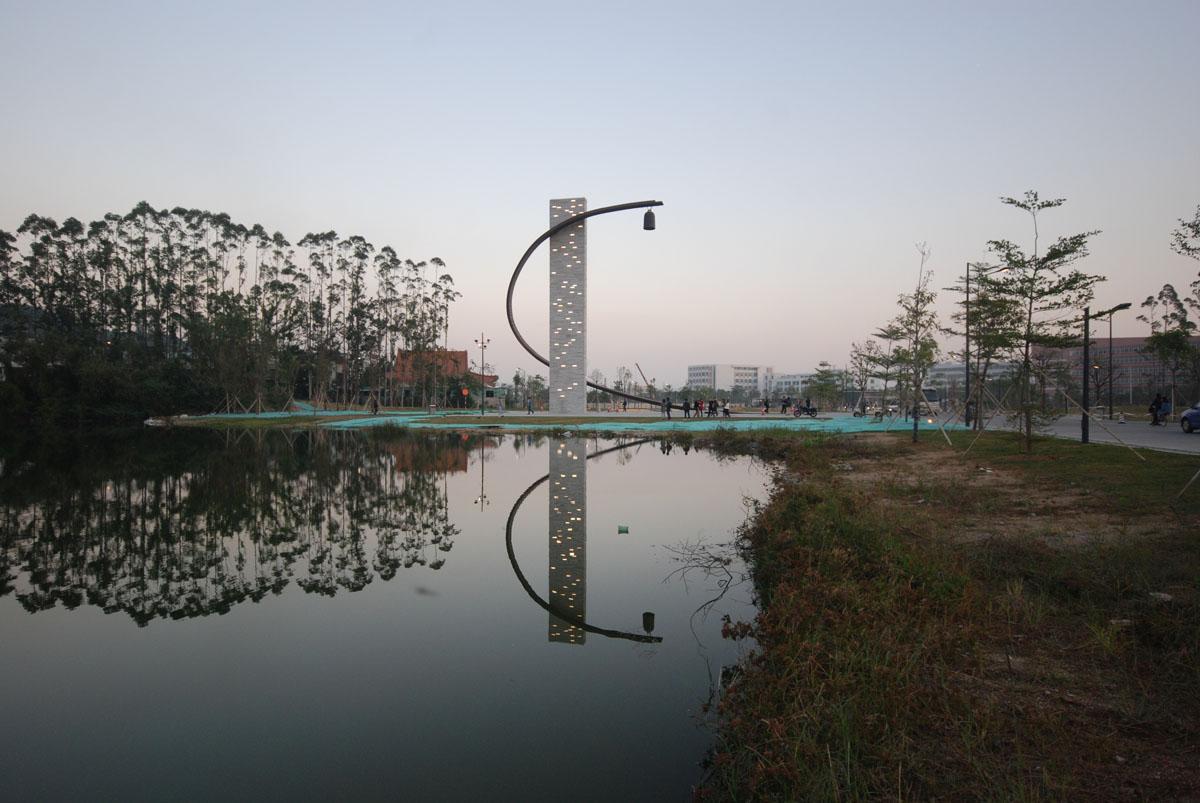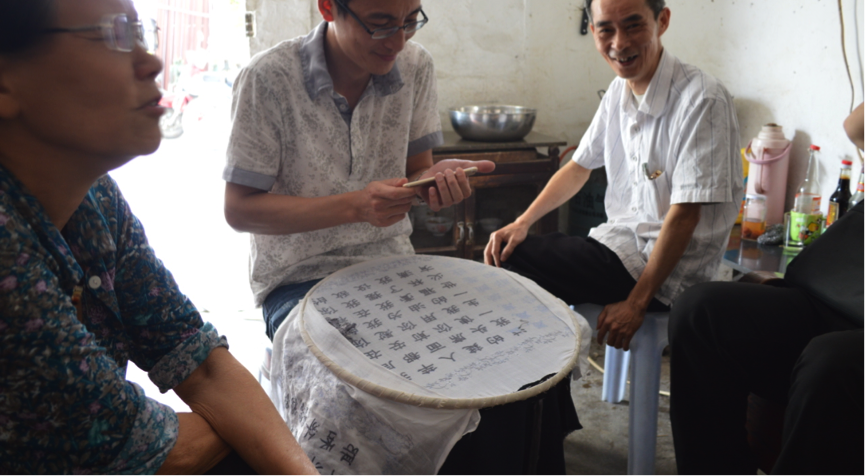Reterritorializations: Localizing Global Studies in South China
archive


Reterritorializations: Localizing Global Studies in South China
The emergence of global studies programs around the world signifies the intensity of globalization within higher education as much as it reveals inherent problems with disciplinary categories like regional studies, international studies, and area studies. These programs are underpinned by the notion “that space and society are mapped on to each other and that together they were, in some sense ‘from the beginning’, divided up.”1 One of the projects of global studies is to reconstitute space such that the map highlights an interconnectedness of the world. By insisting on connections rather than difference, global studies has been providing new maps within academia—even in places where old maps die hard.
Deterritorialization: From Regional to Global in South China
Soon after I first arrived in southern China as a professor of American Studies at Shantou University, the map began to change. The Center for International Studies that hired me, once called the Center for Regional Studies, would become the Center for Global Studies. From “regional” to “international” and finally to “global”—there was some serious rethinking of space. In Deleuzian parlance, the world was getting smoother.2 Paradigms of bounded territories, signified by “regional” and “international,” were replaced by the smooth globe of “global.” Instead of merely managing differences, the new map said that our Center of Global Studies was here to imagine connections.
The idea of the “global” clears out a figural space for world building. The progression from regional to global moves us from insisting on a map as representing different places of the world (which perversely conceals the map’s own abstractness) to representing the world as an abstract figure. The move from regional to global does not change the fact that both are “imaginaries,” allowing people to cognitively map the world, nor does it change the fact of territorialization, which accompanies the construction of social space. Instead, the shift to global studies reflects a spatialization that is sensitive to the “territory trap” that John Agnew, among others, has noticed permeating fields like international relations, where territory is “taken for granted” when it comes to the nation.3
The main problem with the “territory trap” as it has been analyzed by Doreen Massey in her book, For Space, is the “hegemonic understanding of space and society” which has accompanied European modernity.4 As she points out:
‘Cultures,’ ‘societies,’ and ‘nations’ were all imagined as having an integral relation to bounded spaces, internally coherent and differentiated from each other by separation. ‘Places’ came to be seen as bounded, with their own internally generated authenticities, and defined by their difference from the other places which lay outside, beyond their borders.5
These bounded unities then, Doreen Massey tells us, have been treated by social sciences (and the humanities) as independent bodies with insides and outsides. The global turn liberates this grammar of spatial difference and in turn also frees temporality. After our change of name at Shantou, in a country where maps should not be questioned, we no longer had to use the nation as a container for cultural, political, and economic histories.

Shantou University bell tower, by Maya Lin
As our Center for Global Studies began to create student activities, curricular changes, and research initiatives, we found that instead of becoming more abstract, our global studies program was becoming more concrete. Massey says that the global “raises the aspect of practiced space which is its relational construction; its production comes through practices of material engagement.”6 Questions like, “what is global studies,” or “how does one do global studies,” foreground the role of practitioners—students and teachers—in producing and coding space with meaning.7 An increasingly vibrant network of scholars from Chinese universities like Shanghai University, Beijing University of Politics and Law, as well as professors from foreign-local partnership universities (what Andrew Ross has called “GlobalU” like NYU Shanghai and Duke Kunshan), have been working together on precisely such material engagements.8
The move from regional to global does not change the fact that both are “imaginaries,” allowing people to cognitively map the world, nor does it change the fact of territorialization, which accompanies the construction of social space. Instead, the shift to global studies reflects a spatialization that is sensitive to the “territory trap”...
Deterritorialization is risky, as Deleuze and Guattari suggest, and higher education in China is decidedly risk-averse. Our Center for Global Studies received strong support as a general education unit but at the same time there are serious impasses restricting a global studies undergraduate major. There is ambivalence towards the global in our university, reflecting ambivalence across Chinese society. This year Xi Jinping went to Davos hailing the virtues of globalization. Students, businesses, and officials have a new swagger about China in the world, and its megacities gesture towards a boisterous cosmopolitanism. China’s global economic, military, and media spheres continue to expand. Yet this year NGOs, VPNs (virtual private networks), and even flows of capital underwent strict government controls through national policies that single-mindedly firewall the Mainland in from the world.
Reterritorialization: Return of the Regional and the Polylocality of Glocal Chaoshan
The drama of any deterritorialization involves a loss of meaning, yet also corresponding reterritorializations that “produce space” from “practices and material engagement.”8 As our center continues to campaign for a major we are reterritorialized through the local. Shifting focus from “areas” to localities has allowed us to disrupt ideas of purity “in here”—the heart of China’s global ambivalence. These disruptions do not challenge the officially sacrosanct power of the nation or the important responsibilities of citizenship. They do, however, allow us to ask different kinds of questions, offer more student-focused courses, and better understand our place in the university as one of the major nodes that localizes global flows of information and capital. As a global studies program in an era of globalized higher education, we must account for what happens to localities when global higher education localizes, and explore how higher education can contribute to the local.

Research in the local embroidery industry, Chaoshan region. Source: the author
Thus, after we became “global” we shifted focus to the local. We created a Glocal Chaoshan (the region including Chaozhou and Shantou) studies initiative. Traditionally, Chaoshan studies focused on the integration of the Chaoshan region into dynastic and modern histories of China by studying the unique cultural, linguistic, and even genetic characteristics of the Chaoshan people. Our Glocal Chaoshan studies remaps southern China into the heady world of the South China Sea with its global history of piracy, diseases, Coolie trade, smuggling, wars, missionaries, Chinatowns, environmental changes, foreign concessions, remittances, and trade routes. Glocal Chaoshan illuminates global China. We created research projects and curricular changes allowing our students to explore Shantou as a polylocality where different interests, people, ideas, and things contest one another in producing the local. 9 Since the period of opening and reform the global has changed the fates of millions of Chinese; it has brought new wealth and power to the nation and its universities. At the same time, China’s official history remembers the Opium Wars as heralding a “Century of Humiliation” during which the global wrought incredible havoc, putting an end to thousands of years of dynastic rule in China. Liberated from focusing on national difference, our center’s global and local turns have helped students and faculty to ask questions about these narratives and maps from different perspectives in order to examine the world’s startling interdependency.
Any deterritorialization involves traumatic losses of meaning and very real identity crises. However, the deterritorialization of area studies and our new engagement with the local could not have happened at a better time. In an era of fragmenting, destructive neo-nationalisms, keeping the global as an ideal figure of an integrative whole is a necessary task for ensuring our shared futures.

Image source: James McDougall
Editor's note: This essay, part of a global-e series titled 'Global Studies in East Asia', was presented at the symposium “Global Studies in Japan and East Asia” held on November 12-13, 2016 to celebrate the 10th anniversary of the founding of the Graduate Program in Global Studies at Sophia University. David L. Wank, a sociologist and faculty member in the program, is guest editor of the series.
1. Doreen Massey (2005), For Space, London: Sage, p. 64.
2. Gilles Deleuze and Felix Guattari (1993), A Thousand Plateaus. Minneapolis:
3. John Agnew, 1994. “The Territorial Trap: The Geographical Assumptions of
p. 74.
4. Massey, p. 40.
5. Ibid., p. 64.
6. Massey, p. 61.
7. Ibid., p. 72.
8. Kathryn Kleypas and James McDougall (2012), The American-Style University
Lanham: Lexington Books, p. 154.
8. Ibid., p. 64.
9. Zhang Yingjin (2011), Cinema, Space, and Polylocality in a Globalizing China.



